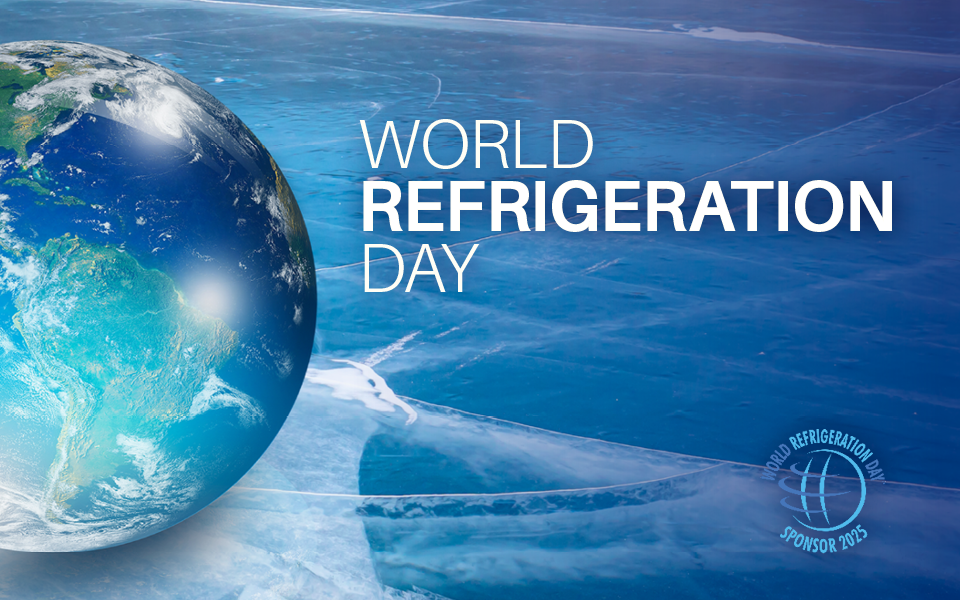*On June 1, 2023 Emerson’s Climate Technologies business became a new standalone company – Copeland. Though our name has changed, we are building on more than a century of HVACR innovation and industry leadership, and Copeland continues to offer the same products, industry stewardship, and learning opportunities you’ve grown to trust. Information found on this webpage posted before June 1, 2023 may contain our old name or branding, but you can be at ease knowing it was created with the knowledge and expertise of Copeland.
At a recent E360 Breakfast, Emerson hosted a panel discussion among HVACR contractors to glean their insights and opinions on the biggest challenges and emerging trends impacting their businesses. In an article written about the discussion, a wide range of topics was covered, from the impact of new regulated refrigerants to the potential of today’s emerging high-end technologies, and more. One issue dominated the discussion: the impact of the labor shortage in contracting businesses. You can read the entire article here.

“We all would agree that labor is our number one issue.”
This statement by Martin Hoover, owner of Empire Heating & Air Conditioning in Atlanta, phrases American HVAC contractors’ key concern in a nutshell. Throughout the panel discussion, the technician shortage was a recurring theme — regardless of the topic discussed. When the conversation zeroed in on their labor challenges, each contractor was eager to detail how it was impacting his business and what steps the industry could take to help improve the situation.
The recruiting is non-stop
Finding qualified candidates starts at the company level, and each panelist has different approaches to the recruitment, onboarding and training processes. Hoover said his recruitment never stops. “We’re a small company and we recruit 24/seven/365,” he said. His company has developed an accelerated career progression plan for promising candidates, one specially designed to appeal to younger people new to the trade. “We’ve divided career steps into 30-day increments, which engages the younger generation from the entry level and allows them to progress very quickly,” he said. The goal is to accelerate their path to senior technician level and provide ample avenues for advancement.
Changing the perceptions of a valuable skill
Michael Duffee, owner of Restaurant Equipment Services, Inc. of Tucker, Ga., said one of his biggest recruitment hurdles continues to be the negative public perception of the trade. “Let’s face it, the trades sometimes have a less than positive image, and our trade is very demanding,” he said. “We get our hands dirty, we work with heavy equipment, on rooftops in the pouring rain, in snow and 100-degree temps.” Because of these factors, Duffee’s company places a premium on candidates who are enthusiastic and possess positive personality traits.
According to Duffee, the industry needs a renewed focus at the high school level to promote the trades. As experienced technicians retire from the industry, Duffee sees the labor shortage only getting worse in the coming years. “We all should be aware and take whatever steps necessary to change this trend,” he concluded.
Putting HVACR careers on the radar
Adding to Duffee’s point, Jim Wharton, area vice president of Link Network, ABM in Atlanta, noted that HVACR has fallen off the radar of many high schools with trade programs. “When you talk to high schools about trades, no one is talking about HVACR, so most don’t know it is an option.” Instead, Wharton’s company relies on alternative sources for recruitment, reaching out to former members of the U.S. military, vocational schools and technical colleges, and career and technical organizations.
Wherever recruits are found, Hoover stresses that on-the-job experience is the final step toward developing a well-rounded technician. “Tech schools don’t really teach someone how to present yourself to a customer and have the proper communication skills,” he said.
New challenges in HVACR bring new opportunities to technicians
With the introduction of new refrigerants and technologies, there’s no question that the HVACR service technician trade is more challenging than ever. But within this growing knowledge base lie growing career opportunities. As Hoover pointed out, “The technician shortage will drive up pay rates.” And the influx of connected technologies, software and analytics transforming the industry may help make the job more attractive to younger, tech-savvy candidates.
At Emerson, we believe that creating awareness of HVACR technologies and career opportunities at high schools and technical colleges is one of the keys to attracting the next generation of candidates. Even as technologies advance to provide more proactive and predictive capabilities, the industry will still need highly skilled individuals in the field to apply their own experiential know-how to system diagnosis and repair.

Celebrating World Refrigeration Day 2025
Electrical component considerations for A2L system safety Heating, ventilation, air conditioning...
A2L Refrigeration Overview — Systems, Safety and Servicing Considerations
*On June 1, 2023 Emerson’s Climate Technologies business became a new standalone company –...
Servicing the Next Generation of Lower-GWP Refrigerants
*On June 1, 2023 Emerson’s Climate Technologies business became a new standalone company –...
